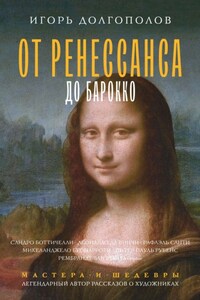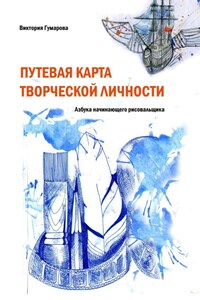With the greater part of rich people, the chief enjoyment of riches consists in the parade of riches, which in their eye is never so complete as when they appear to possess those decisive marks of opulence which nobody can possess but themselves.
Adam Smith, An Inquiry into the Nature and Causes of the Wealth of Nations (1776), Book One, Chapter xi.
âThe simple truthâ, wrote Philip Hamerton, âis that capital is the nurse and governess of the arts, not always a very wise or judicious nurse, but an exceedingly powerful one. And in the relation of money to art, the man who has money will rule the man who has art ⦠(for) starving men are weak.â (Thoughts about Art, 1873) Hamerton was a landscape-painter who had studied both in London and in Paris. However, it was chiefly as a critic and as the founding-editor of The Portfolio (1870â94) that he made his contribution to the arts. In 1873, Hamerton had lived through a quarter-century of economic growth: one of the most sustained booms ever recorded. He had seen huge fortunes made, and knew the power of money:
But [he warned] for capital to support the fine arts, it must be abundant â there must be superfluity. The senses will first be gratified to the full before the wants of the intellect awaken. Plenty of good meat and drink is the first desire of the young capitalist; then he must satisfy the ardours of the chase. One or two generations will be happy with these primitive enjoyments of eating and slaying; but a day will come when the descendant and heir of these will awake into life with larger wants. He will take to reading in a book, he will covet the possession of a picture; and unless there are plenty of such men as he in a country, there is but a poor chance there for the fine arts.>1
In mid-Victorian Britain, it was Hamertonâs industrialist contemporaries â many of them the inheritors of successful family businesses â who were the earliest patrons of the Pre-Raphaelites. A generation later, it would be American railroad billionaires and their widows who created the market for French Impressionists. âYouâve got a wonderful house â and another in the countryâ, ran a recent double-spread advertisement in a consumer magazine. âYouâve got a beautiful car â and a luxury four-wheel-drive. Youâve got a gorgeous wife â and she says that she loves you. Isnât it time to spoil yourself?â>2 If one manâs trophy asset is a BeoVision Avant, anotherâs positional good is a Cézanne.
Positional goods are assets, like Cézannes, with a high scarcity value. They appeal especially to super-rich collectors, wanting the reassurance of âthose decisive marks of opulence which nobody can possess but themselvesâ.>3 But for the fine arts to prosper generally and for new works to be commissioned, the overall economy must be healthy: âthere must [in Hamertonâs words] be superfluityâ. âAccept the simplest explanation that fits all the facts at your disposalâ is the principle known as Occamâs Razor. And while economic growth has never been the only condition for investment in the arts, it is (and always has been) the most necessary. Collectors pay high prices when the market is rising; even the best painters need an income to continue. It was Sickert, the English Impressionist, who once told Whistler, âpainting must be for me a profession and not a pastimeâ. And it was Sickertâs contemporary, Stanhope Forbes, who confessed to his mother, just before his fortunes changed: âThe wish to do something that will sell seems to deprive me of all power over brushes and paints.â Forbesâs marine masterpiece, A Fish Sale on a Cornish Beach (1885), painted in Newlyn the following year, at last brought him the recognition he had craved.
Before that happened, Forbes had depended on the support of well-off parents. And very few aspiring artists, even today, can succeed without an early helping hand. âPrinces and writersâ, wrote John Capgrave in 1440, âhave always been mutually bound to each other by a special friendship ⦠(for) writers are protected by the favour of princes and the memory of princes endures by the labour of writers.â Capgrave (the scholar) wanted a pension from Duke Humphrey (the prince). So he put Humphrey the question: âWho today would have known of Lucilius [procurator of Sicily and other Roman provinces] if Seneca had not made him famous by his








